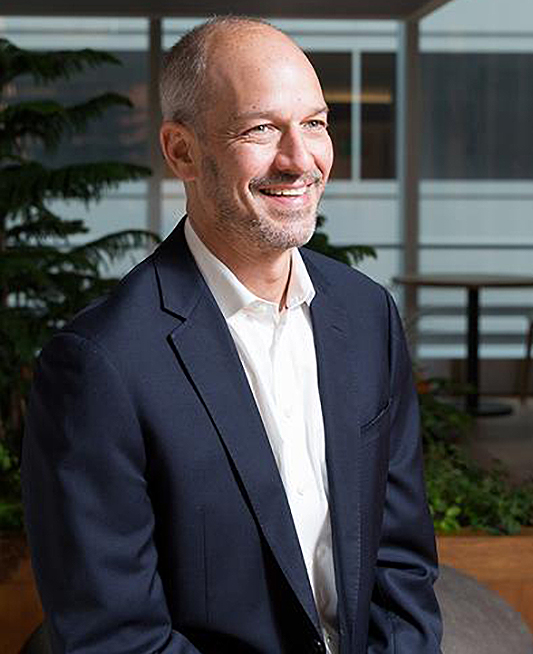Home healthcare continues to boom in the US and more technology companies each year—including Salesforce—strive to expand their presence within the industry. This represents a significant shift in site of service for a substantial and growing number of Americans. Equally true is that home healthcare is an opportunity for clinical laboratories to serve this increasing proportion of the American population.
Statistics tell the tale behind the boom in home healthcare. The Centers for Disease Control and Prevention (CDC) estimates that six in 10 adults in the United States suffer from chronic diseases, such as cancer, and four in 10 adults live with two or more chronic illnesses.
This means that among medical laboratories and other providers servicing the home healthcare industry demand for clinical laboratory testing will increase.
Last year, approximately $103 billion was spent on home healthcare services and that number is expected to reach $173 billion by 2026, according to the Centers for Medicare and Medicaid Services (CMS). Approximately 7.6 million people in the US now require some level of in-home medical care. The overall employment of in-home healthcare providers is projected to grow 41% between 2016 and 2026.
Efficient tools that assist home healthcare organizations and their providers are critical. Customer Relationship Management (CRM) platforms that combine data gathered during office visits with patients’ living and economic situations are proving to be powerful allies for treating chronic disease populations.
Social Determinants of Health
One such CRM developer, Salesforce, is rising to the demand by adding new features to its existing Health Cloud platform. Originally introduced in 2016 as a way to improve how healthcare and life sciences organizations connect with patients, this product is one example of how Silicon Valley companies are attempting to make inroads within the healthcare sector. Health Cloud’s newest functional upgrades include:
- Complete patient profiles,
- Relevant patient communications, and
- Connected in-home care.
This includes social determinants of health, such as:
- Living conditions,
- Socioeconomic status, and
- Environmental factors.
These social determinants of health are typically not included in health records. But they can be vital information for healthcare providers. Clinical laboratory managers should pay attention to “social determinants of health” because this term describes a new dimension in medical care and how patients with chronic diseases are managed.

“A lot of people in healthcare know about the importance of social determinants of health, but the volume of information is so great that being able to display things clearly and concisely in front of the [providers who] are using it—when they need it—makes it more operant and more prominent in the care of that patient,” Joshua Newman, MD, Chief Medical Officer at Salesforce, told MedCity News. (Photo copyright: San Francisco Business Times/Biz Journals.)
This is a critical factor. Healthcare providers who use Salesforce’s Health Cloud can now record a patient’s social determinant information—such as, transportation issues, housing status, and care network—directly into that patient’s profile. Access to this type of information can give healthcare professionals a more complete understanding of each patient’s unique situation.
Here are some examples from a Salesforce press release that illustrate how social-determinants-of-health data can help patients and care providers:
- “A care provider that wants to limit a patient’s risk for readmission can know if the patient has access to transportation or the ability to purchase healthy meals.
- “A life science organization that wants to help patients adhere to their therapies, or properly use their medical devices, can see a patient’s employment status and living arrangements, and thus offer the necessary level of financial and in-home support.
- “A payer organization can deliver personalized preventative or wellness material to members based on the member’s education or reading level.”
“Our industry continues to centralize and integrate patient data, but it is critical that we stay focused on improving the patient experience,” noted Ashwini Zenooz, MD, in the press release. Zenooz is Salesforce’s Senior Vice President and General Manager, Global Healthcare and Life Sciences. “By surfacing critical factors of a patient’s life in a single view, we empower care providers to personalize patient care experiences and improve outcomes.”
Many existing CRM products cannot collect data from a variety of sources and then sort and analyze that information to provide users with actionable intelligence. Salesforce is attempting to fill that void among health and medical software products with Health Cloud.
“Healthcare has been slower culturally, politically, and socially to share their data. But what we’re seeing now is even those organizations that have historically not shared their data are realizing they can do a better job if they do,” Newman told MedCity News.
Outside Hospital Care Increasing
Salesforce has also added a service it calls the Connected Patient Journey to its Health Cloud platform. This service is an integration between Health Cloud and Salesforce marketing, which can personalize information given to patients based on their unique health needs. Using this feature allows providers to build patient lists and use marketing techniques to reach patients who would most benefit from specific campaigns and information.
“The general overarching theme that unites all of these innovations is that care is gravitating increasingly toward the home or outside of the hospital and the doctor’s office,” said Newman.
Whether in-hospital or in-home, clinical laboratory tests play a critical role in healthcare services. The ability for clinical laboratories to enter patients’ test results data directly into CRM systems like Health Cloud could help providers utilizing those systems better assist patients with chronic diseases.
—JP Schlingman
Related Information:
Salesforce Launches New Healthcare Features to Manage Social Determinants and In-home Care
America’s $103 Billion Home Health-care System is in Crisis as Worker Shortage Worsens



